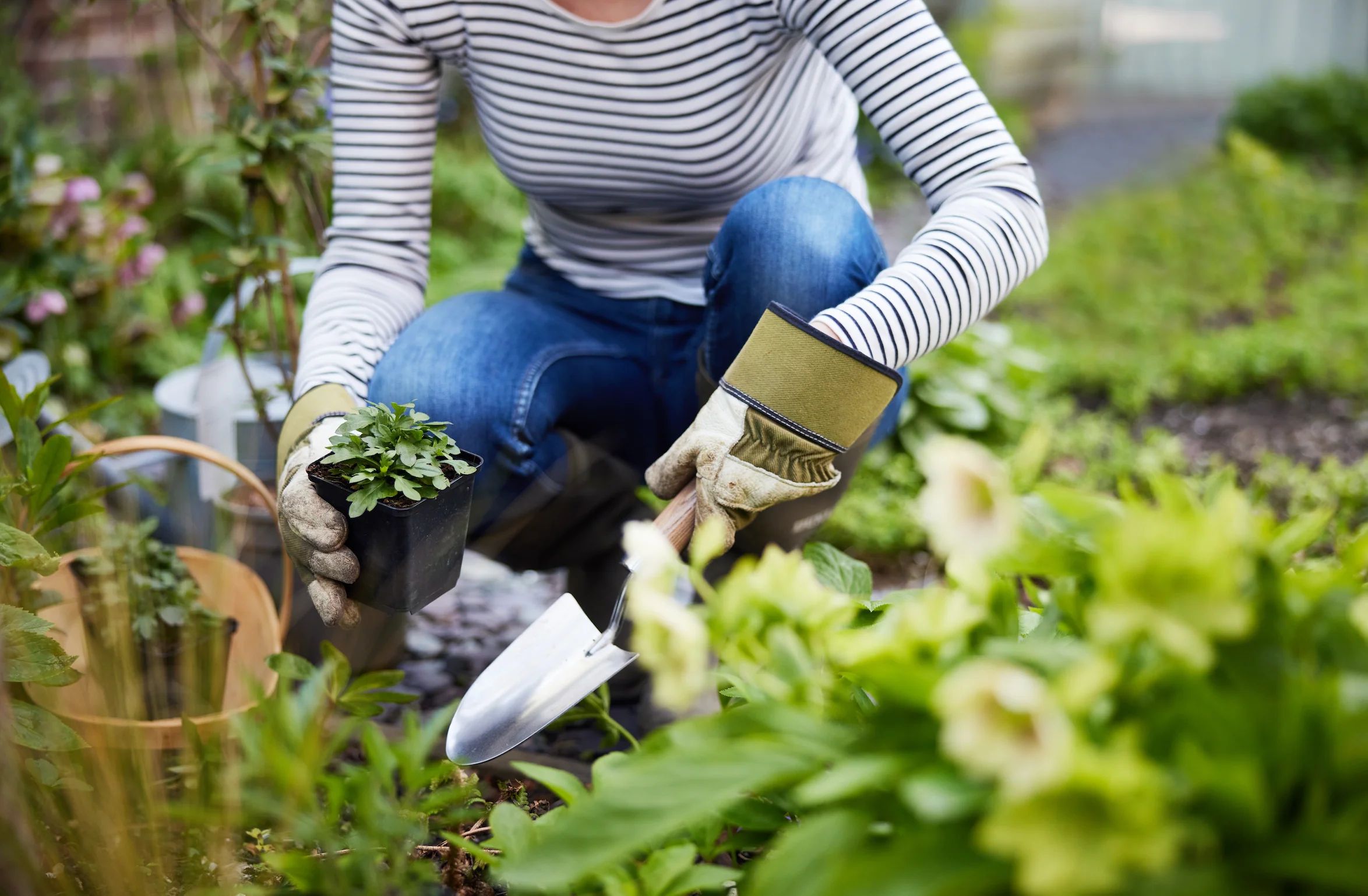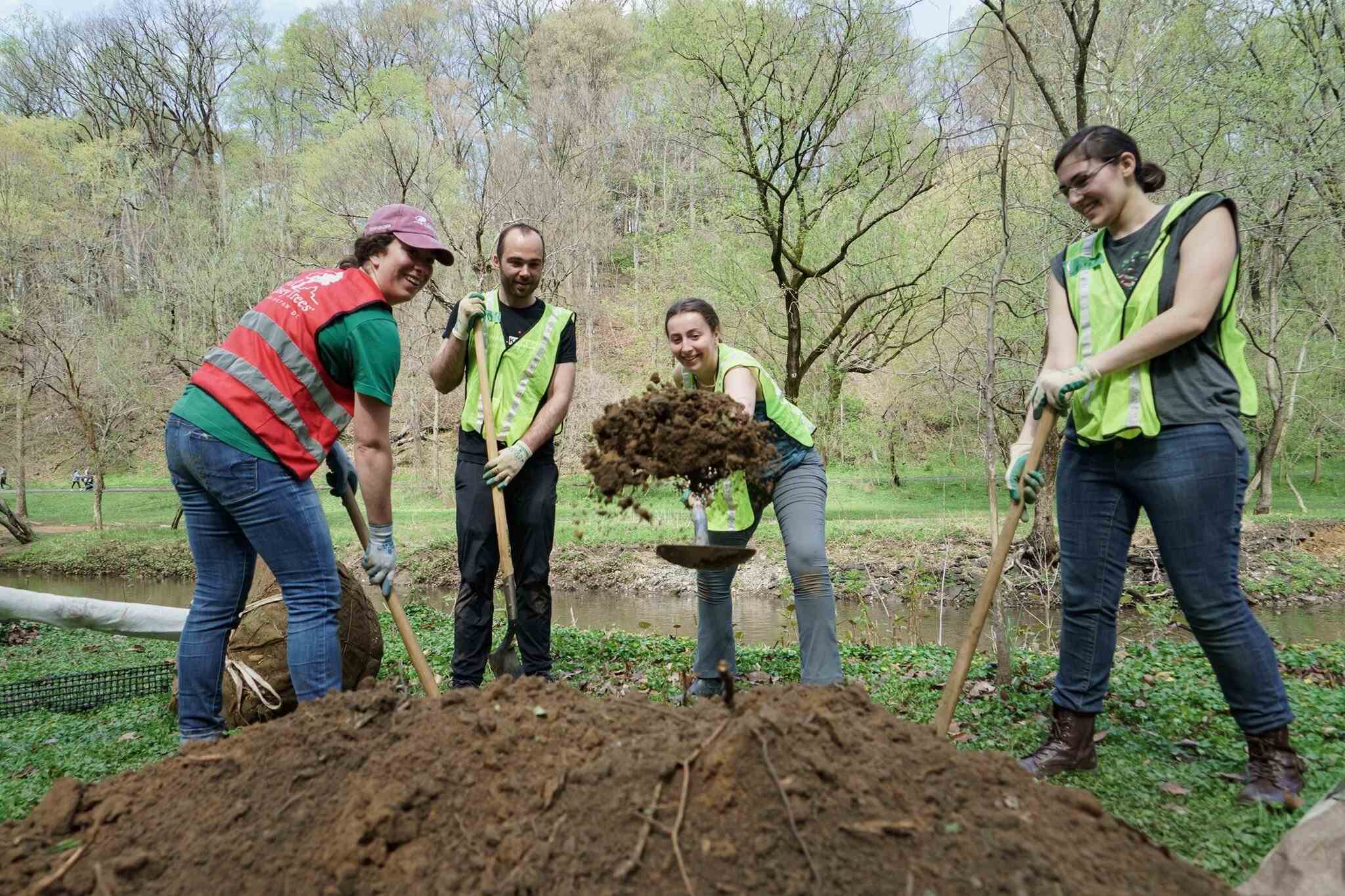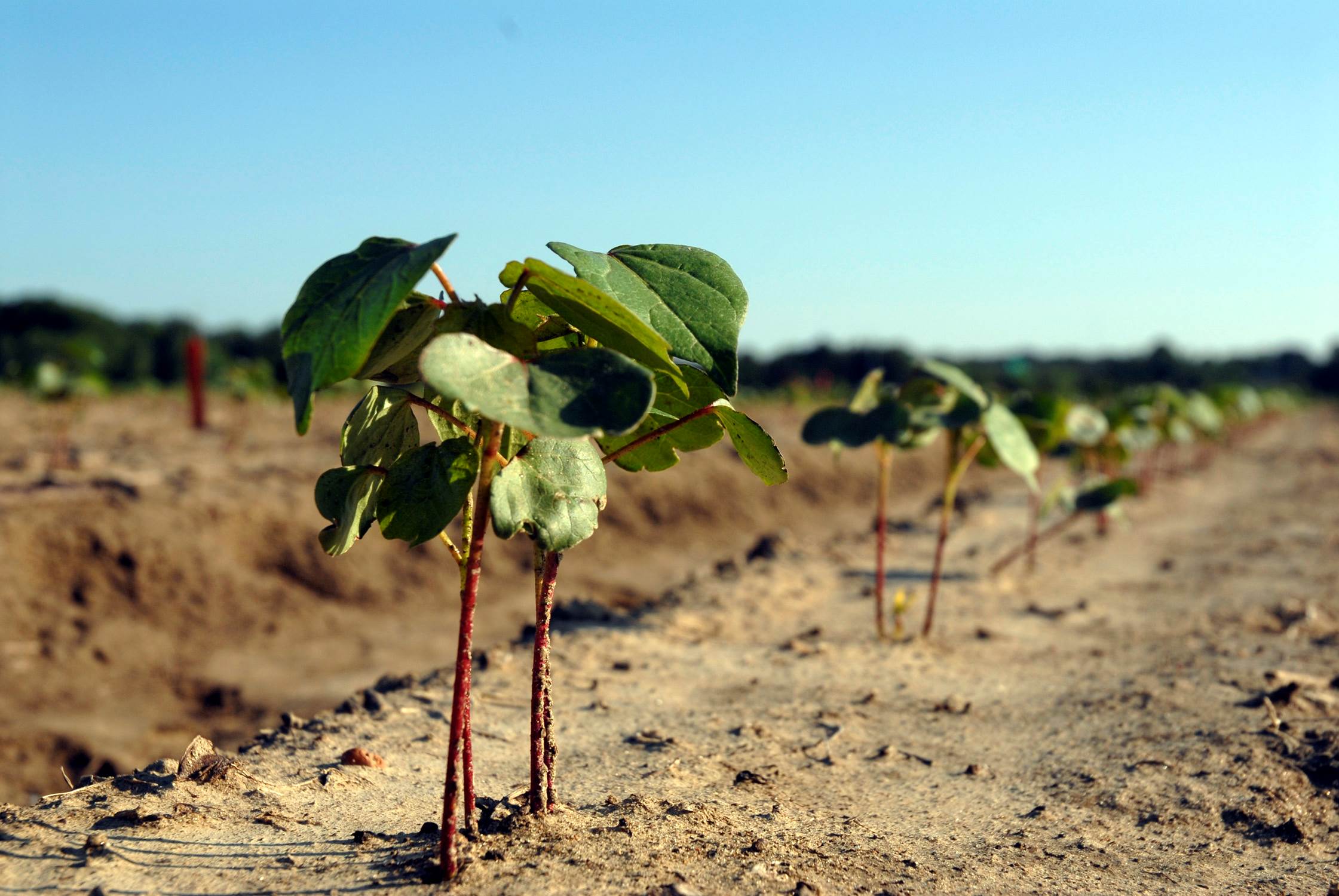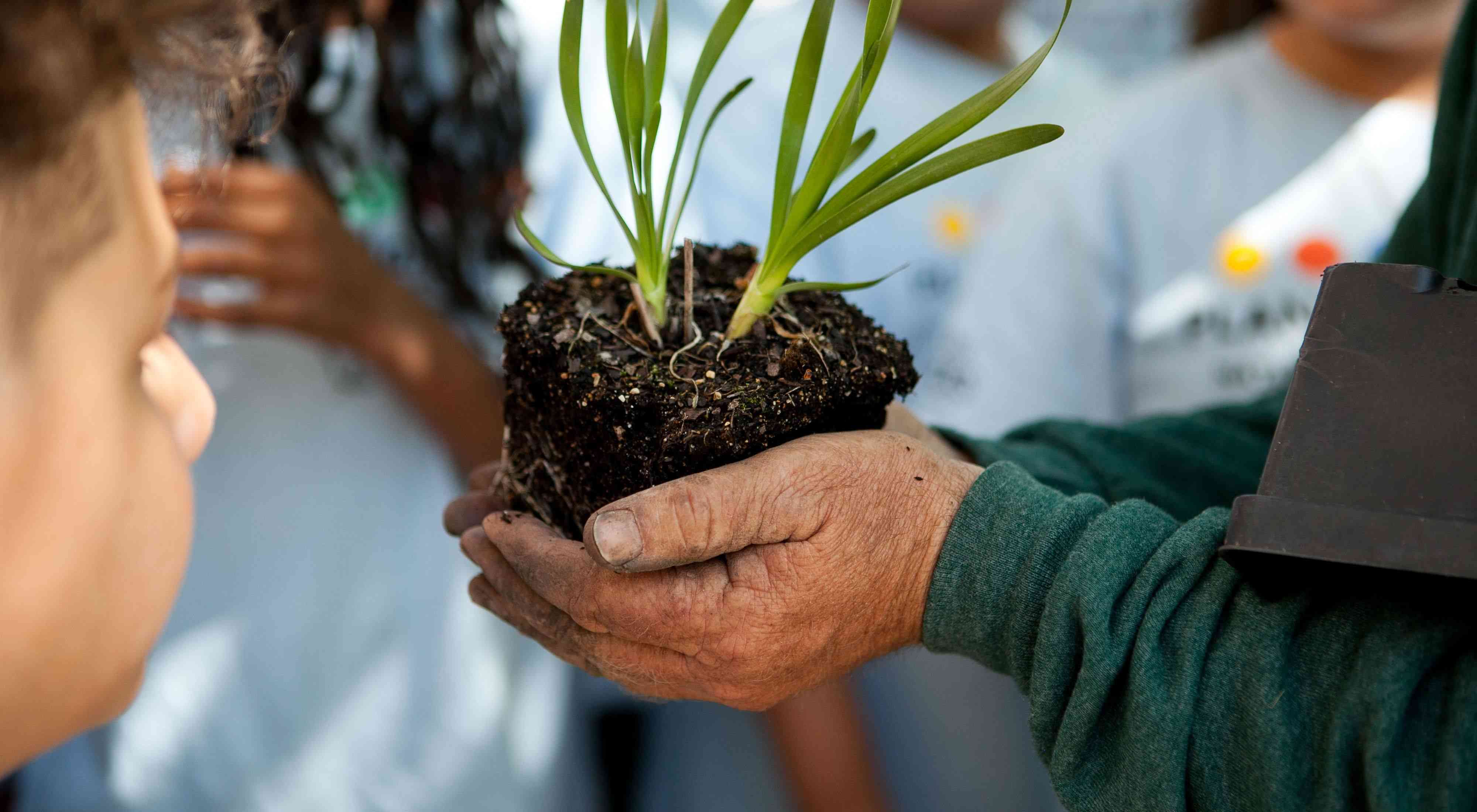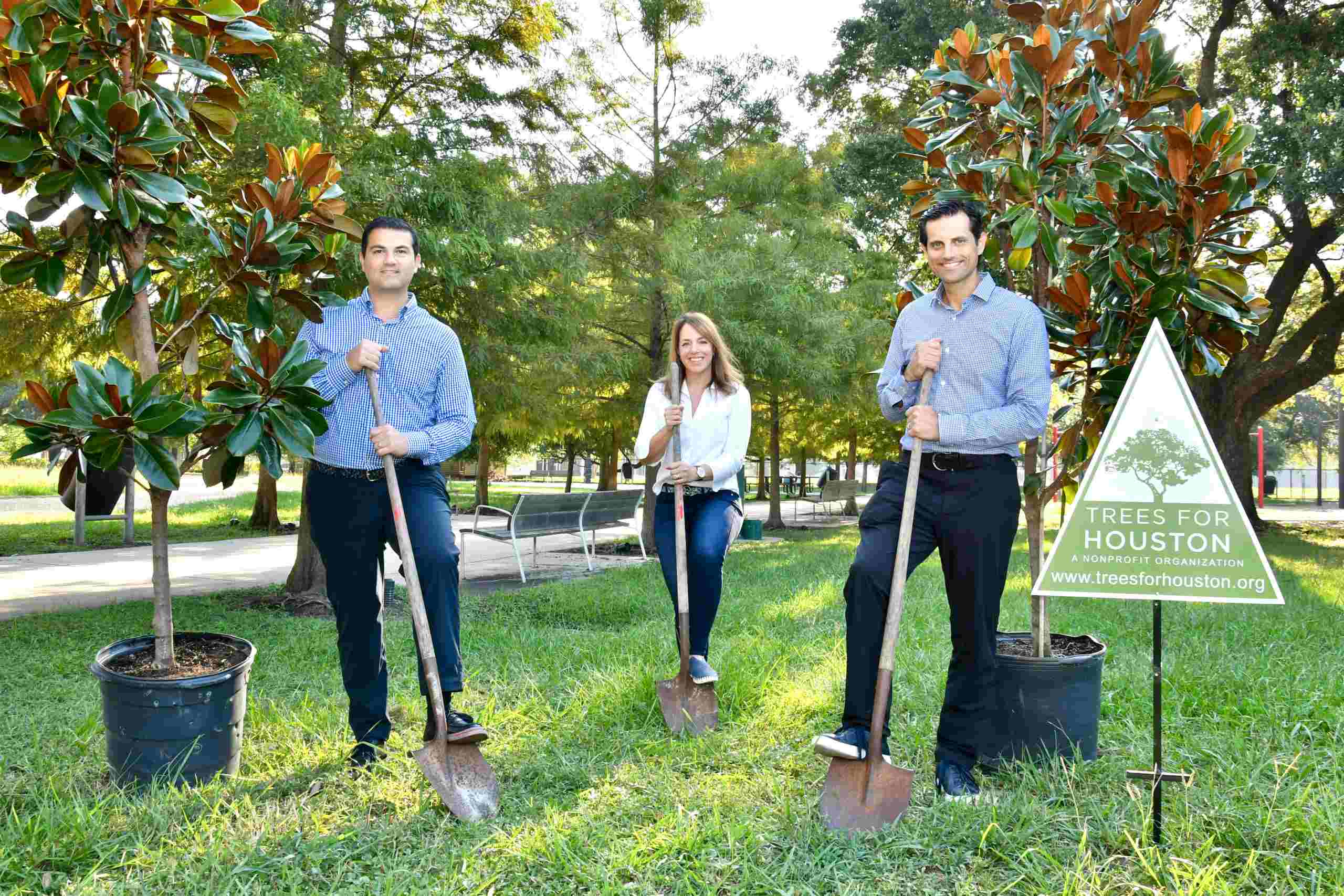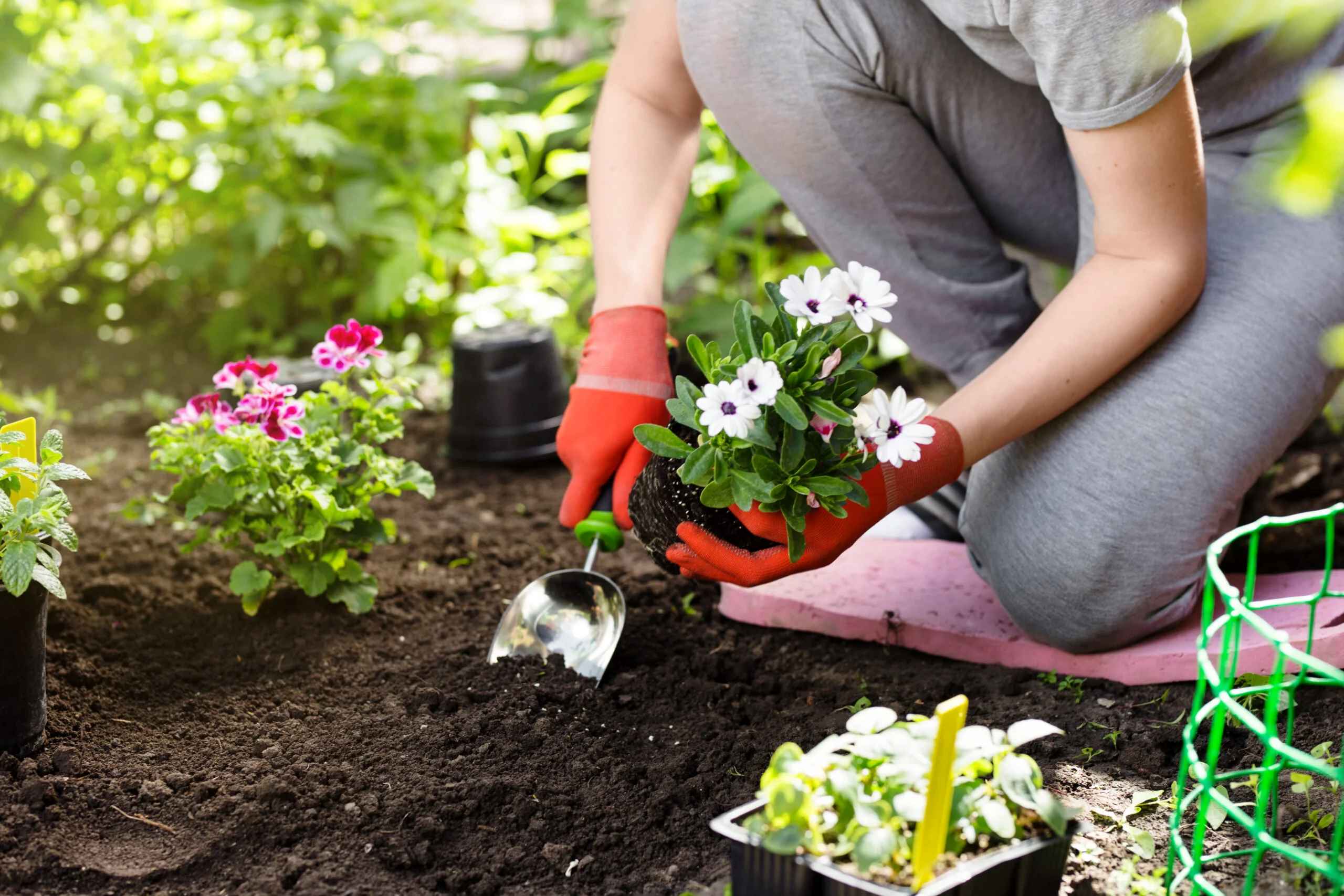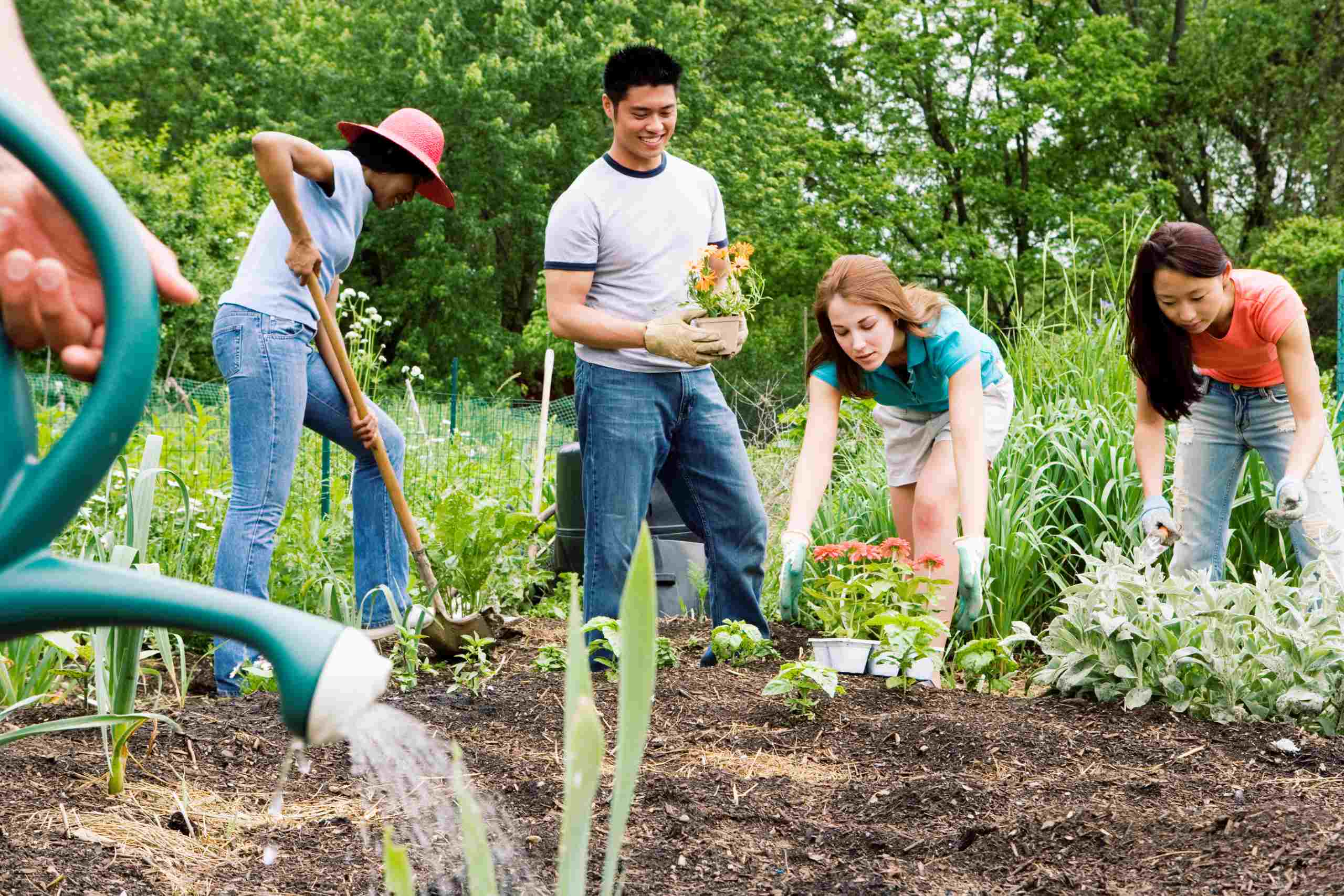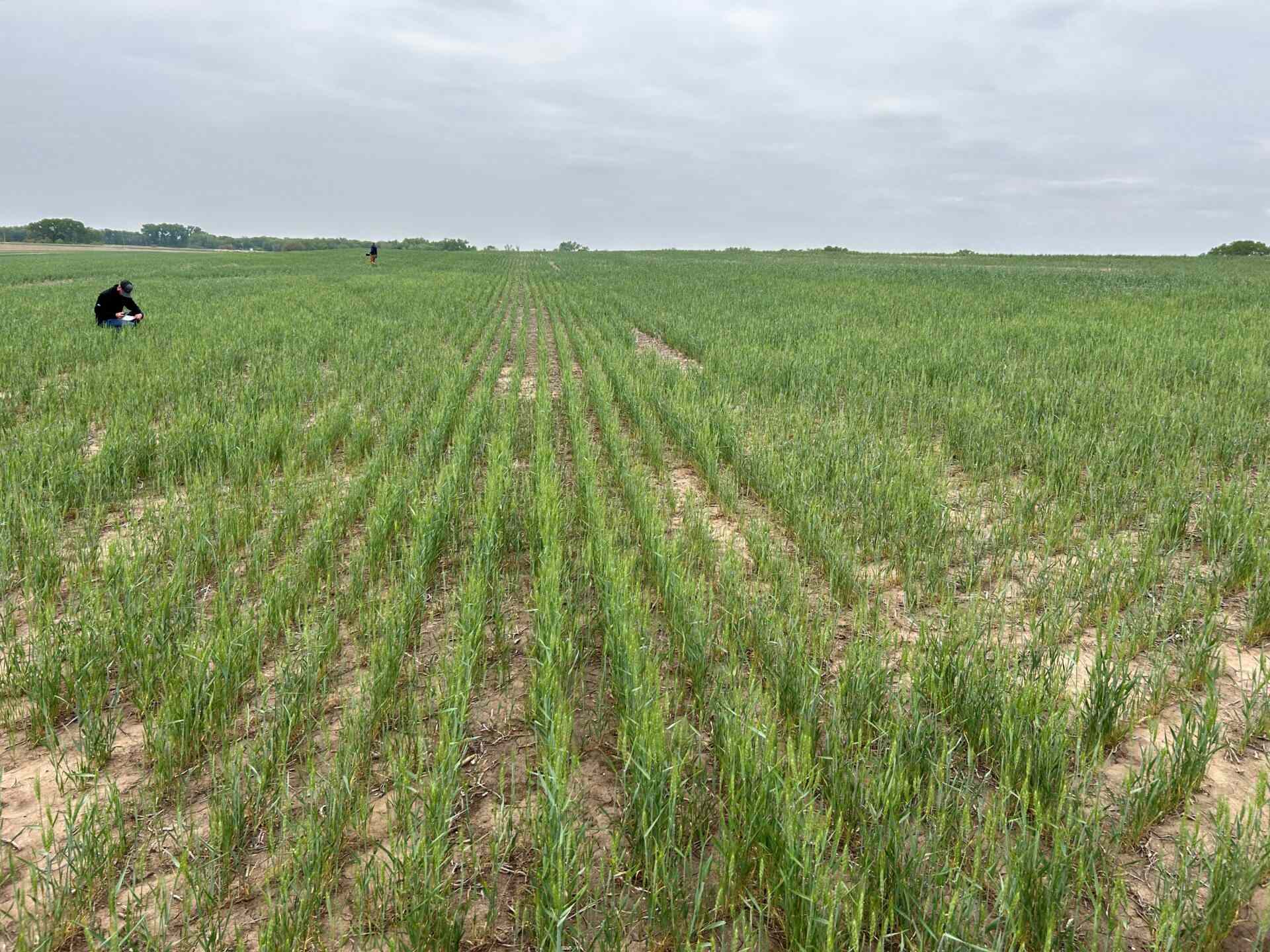Home>Gardening Basics>Understanding Soil>What Zone Is Delaware For Planting


Understanding Soil
What Zone Is Delaware For Planting
Modified: January 22, 2024
"Understanding soil is crucial for successful planting in Delaware. Discover which planting zone Delaware falls under and optimize your gardening plans."
(Many of the links in this article redirect to a specific reviewed product. Your purchase of these products through affiliate links helps to generate commission for Chicagolandgardening.com, at no extra cost. Learn more)
Table of Contents
Introduction
Welcome to Delaware, a state known for its diverse landscape and rich agricultural heritage. Whether you’re an avid gardener, a professional landscaper, or simply someone who enjoys adding a touch of green to your surroundings, understanding the soil and planting conditions in this region is essential for successful gardening. One key aspect to consider is the plant hardiness zone, which serves as a valuable tool in determining what plants are most likely to thrive in a particular area.
In this article, we will explore the concept of plant hardiness zones, discuss the importance of knowing your planting zone, and delve into Delaware’s specific planting zone. We’ll also highlight the factors that influence Delaware’s planting zone and provide a list of recommended plants that are suitable for this region. Whether you’re a seasoned gardener or a beginner with a green thumb, this article will equip you with the knowledge you need to cultivate a vibrant and flourishing garden in Delaware.
So let’s roll up our sleeves, grab our gardening tools, and dive deeper into the fascinating world of planting zones and the wonders they hold for gardeners in Delaware!
Understanding Plant Hardiness Zones
Plant hardiness zones are geographical areas that indicate the potential for plants to survive and flourish based on average minimum winter temperatures. These zones provide essential information about the climate conditions in a particular region and help gardeners determine which plants are most suitable for their area.
The concept of plant hardiness zones was developed by the United States Department of Agriculture (USDA) to help gardeners make informed decisions about what plants to grow in different parts of the country. The USDA divided the United States into 11 main hardiness zones (1 to 11), each representing a range of minimum winter temperatures.
Each zone is further divided into sub-zones (a and b), based on small temperature variations within the main zone. For example, Zone 6a has a slightly colder winter temperature range than Zone 6b. It’s important to note that the higher the zone number, the warmer the climate in that area.
Plant hardiness zones are invaluable because they provide a standard metric to assess the suitability of plants for a specific location. By referring to the appropriate zone, gardeners can select plants that can withstand the typical winter temperatures in their area. This ensures a higher chance of success and reduces the risk of plants being damaged or killed by extreme weather conditions.
However, it is essential to remember that plant hardiness zones should not be the only factor considered when selecting plants. Other factors such as soil type, sunlight availability, and moisture levels also play a significant role in a plant’s overall health and ability to thrive.
Now that we have a solid understanding of plant hardiness zones, let’s explore why it’s crucial to know your specific planting zone in Delaware, and how it can enhance your gardening experience in the state.
The Importance of Knowing Your Planting Zone
Knowing your planting zone is essential for several reasons when it comes to successful gardening in Delaware. Let’s explore the importance of understanding your specific planting zone:
Optimal Plant Selection: By knowing your planting zone, you can select plants that are best suited for your region’s climate conditions. Different plants have specific temperature ranges in which they thrive, and choosing plants that are adapted to your zone will increase their chances of survival and growth. Planting the right plants also means less maintenance and a healthier garden overall.
Frost and Freeze Protection: Frost and freezes can be damaging to plants, especially those that are not cold-hardy. By knowing your planting zone, you can plan your planting schedule accordingly and take necessary measures to protect your plants from sudden temperature drops. This might include using frost blankets, mulching, or even bringing potted plants indoors during extreme cold snaps.
Pest and Disease Management: Different pests and diseases are prevalent in different regions. By understanding your planting zone, you can familiarize yourself with the common pests and diseases in your area and take proactive measures to prevent or manage them. You can also choose plants that are known to be more resistant to prevalent pests and diseases in your zone.
Timing of Planting: Each planting zone has a recommended planting schedule based on the average last frost date in spring and the first frost date in fall. Knowing your zone will help you determine the optimal time to start seeds indoors, transplant seedlings outdoors, or directly sow seeds in your garden. Proper timing leads to healthier plants and maximizes their chances of reaching maturity before the end of the growing season.
Water Conservation: Different planting zones have different average precipitation levels. Understanding your planting zone will give you insight into the average rainfall in your area, allowing you to plan your watering schedule accordingly. This promotes water conservation by avoiding overwatering or underwatering your plants, which can lead to stress, disease, or wasted water resources.
By knowing your planting zone, you can make informed decisions about plant selection, timing, pest and disease management, and watering practices. This knowledge empowers you to create a thriving and sustainable garden that is better equipped to withstand the challenges posed by Delaware’s unique climate and environmental conditions.
Delaware’s Planting Zone
Delaware falls primarily within USDA Plant Hardiness Zone 7a, with some parts of the state classified as Zone 7b. This means that the average minimum winter temperatures in Delaware range from 0 to 5 degrees Fahrenheit (Zone 7a) and 5 to 10 degrees Fahrenheit (Zone 7b).
Delaware’s planting zone designation indicates that it experiences relatively mild winters compared to colder regions of the country. This offers gardeners a longer growing season and opens up a wide range of plant options that are suitable for the state’s climate. However, it is essential to note that Delaware can still experience occasional frost and freezes, so proper care and protection of plants during cold periods are still necessary.
The state’s proximity to the Atlantic Ocean also influences its planting zone. Coastal areas tend to have milder temperatures, while inland areas may experience slightly colder winters. This variation within Delaware’s planting zone highlights the importance of understanding microclimates and specific regional conditions when planning your garden.
The diverse geography of Delaware, which includes flat coastal plains, rolling hills, and forested areas, further contributes to variations in soil types and moisture levels. These factors can impact the suitability of certain plants for specific locations within the state, even within the same planting zone.
Overall, Delaware’s planting zone offers a favorable environment for a wide range of plant species. From flowering shrubs and ornamental grasses to vegetables, herbs, and fruit trees, gardeners in Delaware have plenty of options for creating diverse and stunning landscapes or bountiful vegetable gardens.
Now that we have a better understanding of Delaware’s planting zone, let’s explore some of the factors that influence this classification.
Factors Influencing Delaware’s Planting Zone
Several factors contribute to the specific planting zone designation for Delaware. Understanding these factors can help gardeners make informed decisions about plant selection and care. Here are some key factors that influence Delaware’s planting zone:
Latitude and Longitude: Delaware’s positioning on the map plays a significant role in its planting zone. Its proximity to the Atlantic Ocean and its latitude determine the overall climate and average temperatures experienced in the state. Coastal areas tend to be milder compared to inland regions.
Temperature Extremes: While Delaware generally experiences mild winters, brief periods of extreme cold can still occur. The USDA takes into account the historical temperature data, including the lowest average minimum temperature, to determine the appropriate planting zone. This helps gardeners choose plants that can tolerate the occasional frost and freezes that may happen during colder winters.
Microclimates: Microclimates are localized areas within a region that have slightly different climatic conditions compared to the surrounding areas. Factors such as elevation, proximity to water bodies, urban heat islands, and wind patterns can create microclimates. In Delaware, the influence of the Atlantic Ocean and the Delaware Bay can create milder microclimates along the coast, offering more favorable conditions for certain plant species.
Soil Types: The diversity of soil types across Delaware can also impact plant growth and suitability. Regions with sandy soils tend to drain faster and can have different nutrient characteristics compared to areas with clay or loamy soils. Understanding your specific soil type is crucial when selecting plants that thrive in certain soil conditions.
Sunlight and Exposure: The amount of sunlight and exposure that a garden or a specific area receives also affects the planting zone. Shaded areas or those with limited sunlight may have slightly different climatic conditions compared to open, sunny areas. This affects the ability of plants to photosynthesize and respond to temperature fluctuations.
Topography: Delaware’s varied topography, including coastal plains, rolling hills, and forests, can create microclimate variations. Areas with higher elevation may experience slightly cooler temperatures compared to lower-lying regions. Additionally, properties located in valleys may be more prone to frost pockets, where cold air settles, potentially affecting the planting zone for that specific area.
By taking into account these influential factors, gardeners in Delaware can make informed decisions about plant selection, garden location, and appropriate planting techniques. Considering the microclimates, soil types, and other local conditions when planning your garden will ultimately lead to a more successful and thriving gardening experience.
Recommended Plants for Delaware’s Planting Zone
Delaware’s planting zone offers a diverse range of plants that are well-suited to the state’s climate. Whether you’re interested in colorful flowering plants, lush green foliage, or delicious homegrown produce, here are some recommended plant choices for Delaware’s planting zone:
1. Flowering Shrubs:
- Azaleas and Rhododendrons: These beautiful shrubs offer vibrant blooms in various colors and thrive in Delaware’s acidic soil.
- Hydrangeas: Known for their large, showy flower clusters, hydrangeas add a touch of elegance to any garden.
- Forsythias: These early-blooming shrubs produce bright yellow flowers, signaling the arrival of spring.
2. Perennial Flowers:
- Black-eyed Susans: With their golden yellow petals and dark centers, these flowers bring a pop of color to gardens.
- Coneflowers: These drought-tolerant flowers attract pollinators and come in a variety of vibrant colors.
- Daylilies: Known for their trumpet-shaped blooms, daylilies offer a range of colors and require minimal maintenance.
3. Ornamental Grasses:
- Switchgrass: This native grass is drought-tolerant and provides a dramatic backdrop with its tall, cascading foliage.
- Maiden Grass: With its graceful arching form and feathery plumes, maiden grass adds elegance to any landscape.
- Blue Fescue: This compact grass forms neat mounds of blue-gray foliage, perfect for borders or rock gardens.
4. Fruit Trees:
- Apple Trees: Choose from a variety of apple tree cultivars suitable for Delaware’s planting zone, such as ‘Granny Smith’ or ‘Fuji’.
- Peach Trees: Enjoy the sweet taste of freshly picked peaches with cultivars like ‘Redhaven’ or ‘Elberta’.
- Cherry Trees: Tart or sweet cherries, such as ‘Bing’ or ‘Stella’, can thrive in Delaware’s climate.
5. Vegetable Garden Favorites:
- Tomatoes: Varieties like ‘Celebrity’ or ‘Big Boy’ produce juicy and flavorful tomatoes.
- Peppers: From sweet bell peppers to spicy jalapenos, peppers thrive in the warm summers of Delaware.
- Lettuce and Greens: Plant varieties like romaine lettuce, spinach, and kale for fresh and nutritious salads.
These are just a few examples of plants that flourish in Delaware’s planting zone. Remember to consider your specific soil type, sunlight exposure, and watering needs when selecting plants for your garden. Local nurseries and garden centers are excellent resources for finding plant varieties that are well-suited to Delaware’s unique climate and growing conditions.
Conclusion
Understanding soil and knowing your planting zone are crucial elements for successful gardening in Delaware. By familiarizing yourself with the concept of plant hardiness zones and the specific factors that influence Delaware’s planting zone, you can make informed decisions about plant selection, timing, and care.
Delaware’s planting zone, primarily Zone 7a with some areas classified as Zone 7b, offers gardeners a favorable climate for a wide range of plants. The state’s mild winters and diverse geography provide opportunities to cultivate beautiful flowering shrubs, sustainable perennials, ornamental grasses, and bountiful fruit trees. Additionally, the warm summers of Delaware are ideal for growing a variety of vegetables to enjoy in your own backyard.
By knowing your planting zone, you can select plants that are best suited to Delaware’s climate, which leads to greater plant success and enhances the overall beauty and productivity of your garden. It also enables you to make informed decisions about planting times, frost protection, pest management, and proper watering practices.
Remember, while planting zones provide valuable guidance, it’s essential to consider other factors such as soil type, sunlight exposure, and microclimates within your specific area. Be sure to consult with local gardening resources, such as nurseries or agricultural extension offices, for further guidance and recommendations specific to Delaware’s planting zone.
So, whether you’re a seasoned gardener or a beginner, armed with the knowledge of plant hardiness zones and Delaware’s specific planting zone, you are well-equipped to create a flourishing garden that brings joy, beauty, and abundance to your outdoor space.
